The Spitfire: An Icon of the Skies
“Her pilots related to the Spitfire in a rare and special way. They bonded with her and loved her for the fresh young thing she was, as enamored as a teenage boy when he meets his dream girl. However, they quickly learned that she was not one to be taken for granted. She demanded great respect and attention but, handled with care, would deliver a spectacular performance.’
Could it really be that there is anything left we don’t already know about the Spitfire?
That’s probably not the best way to approach this book. Author Kaplan is certainly no stranger to the enormous body of literature on WWII aviation—having contributed a good chunk of it himself—but his intent with this book is not to offer another spec-laden nuts and bolts aircraft history but to whittle away at a core question that has been asked about the Spitfire pretty much from the beginning: what makes that aircraft so special? Why is it the one whose mystique surpasses actual fact? (Its Battle of Britain “workhorse partner,” the Hawker Hurricane, actually destroyed more German planes.) Of course it is not perfect, but the harshest criticism may well have come from its designer and amounts to him saying Spitfire was “a bloody silly name!”
Kaplan has touched on Spitfire matters in many of his other military aviation books but this is only the second one to deal with it specifically. In his 2008 Spitfire: The One, he already followed a similar story line: the 2002–07 restoration of a Mk Ia airframe, AR213, told within the context of the two dozen subsequent Marks and their pros and cons relative to each other and to their peers. In fact, if you have that book, the only claim this new one could make is that it brings the AR213 story further up to date.
In the warbird world, AR213 is famous for being something of a time capsule because it saw no combat service, then went into 20-year storage, was recommissioned for movie duty, and kept in flying condition by a succession of private owners until undergoing a complete, multi-year rebuild. Everything about that one aircraft and its history and its owners is a case study for Kaplan to explore the allure of the type as whole. Many, many quotes by people who built, flew, or serviced the Spit shed light both on the aircraft as a machine and also in what way it embodies “Britishness.” This all may sound a bit contrived—but only to people who have not laid hands on a Spitfire. In living color it really is uncommonly graceful, fast, and furious—“well-mannered but fire-breathing.” If you do need convincing, this book is better than most in painting a rich picture, articulated in uncommonly refined and vivid prose, and cleverly argued.
You wouldn’t be considering this book or reading this review if you weren’t already interested. No matter how many other books you already have, this one is a worthy addition because it has that “being there” flavor. All that’s missing is the marrow-stirring drone of its Rolls-Royce engine.
Lastly, a word about the bookmaking aspect of this book: the publisher, Pen & Sword is rightly known and lauded for its fantastically rich palette of aviation books. Their books are useful, often important. But they are painfully boring in regards to presentation: mostly in a small format of 6.5 x 9.5″, mostly b/w, often sparsely illustrated. This one is, gasp, 8.8 x 11.5″ and uses many color images and at much larger sizes. This is the way to do aero books! Readers: if you feel that way, shoot an email to <psmarketing@pen-and-sword.co.uk>.
Copyright 2018, Sabu Advani (speedreaders.info)


 RSS Feed - Comments
RSS Feed - Comments





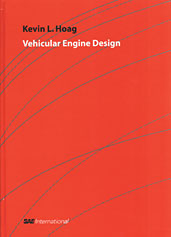








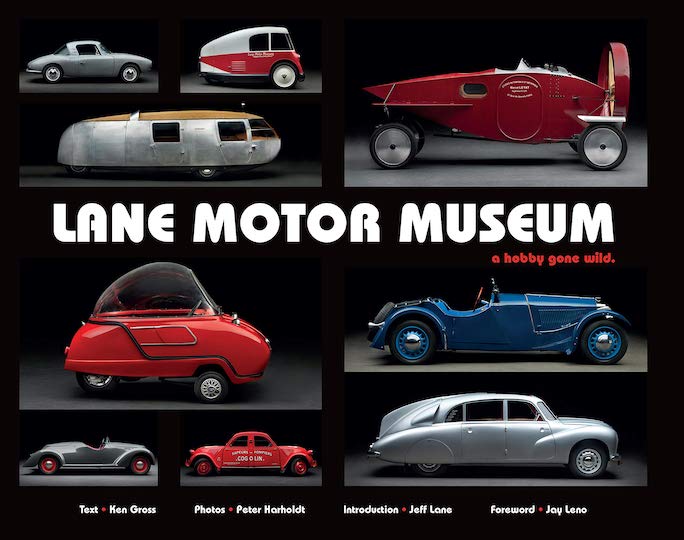




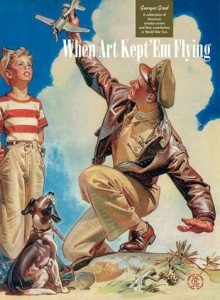

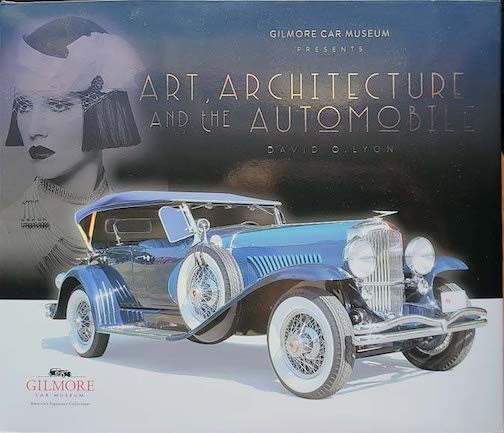
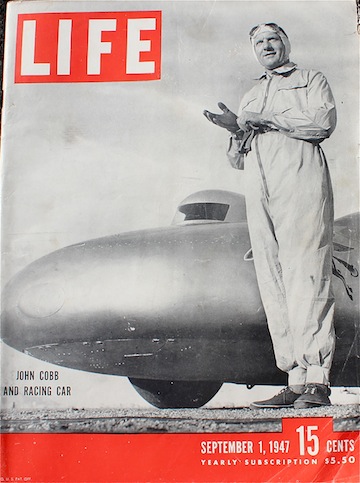
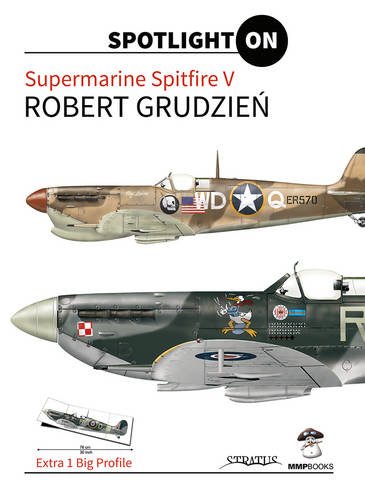






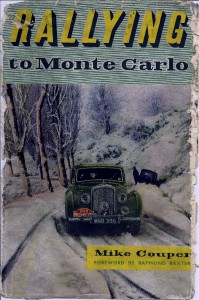




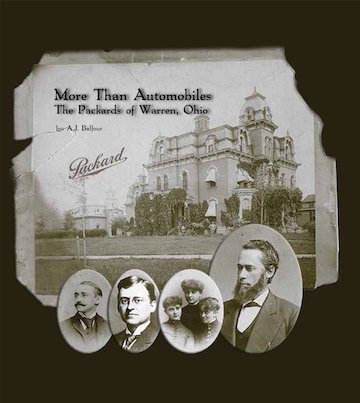
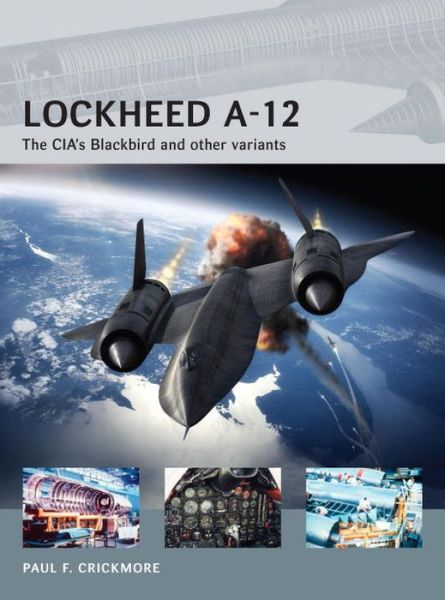

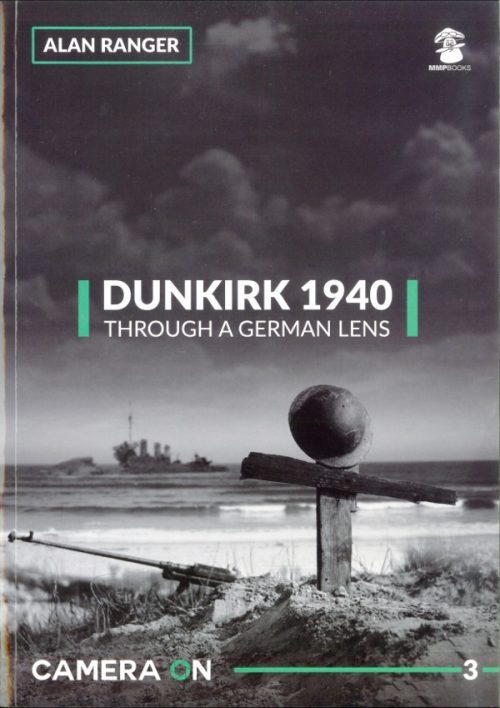


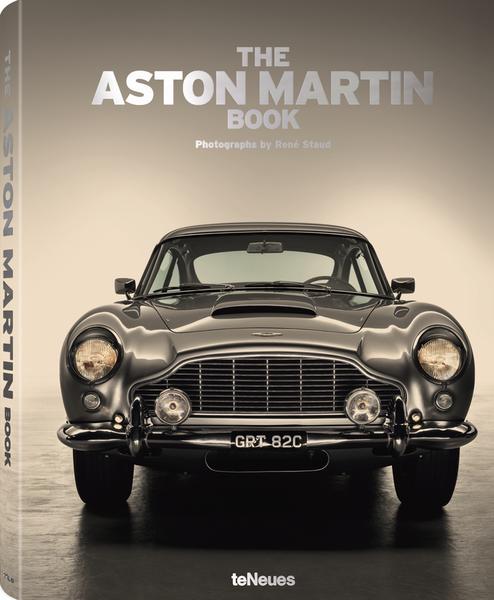
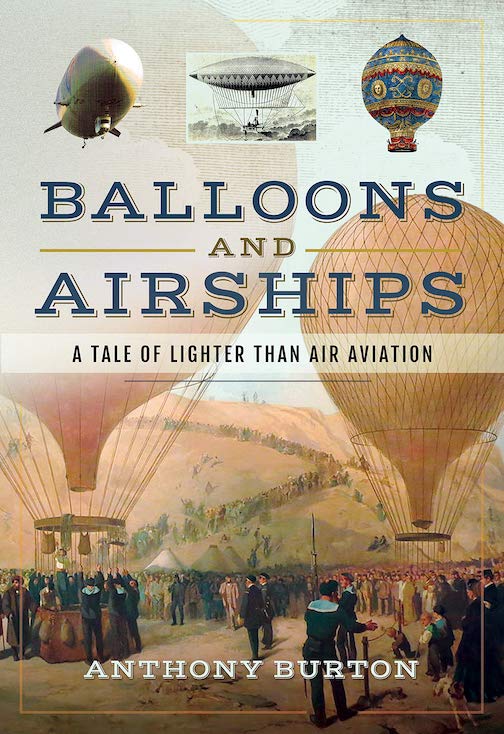



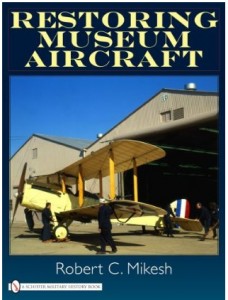












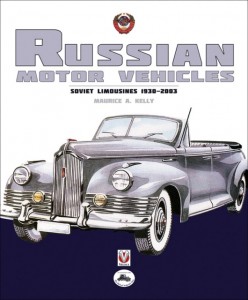










 Phone / Mail / Email
Phone / Mail / Email RSS Feed
RSS Feed Facebook
Facebook Twitter
Twitter